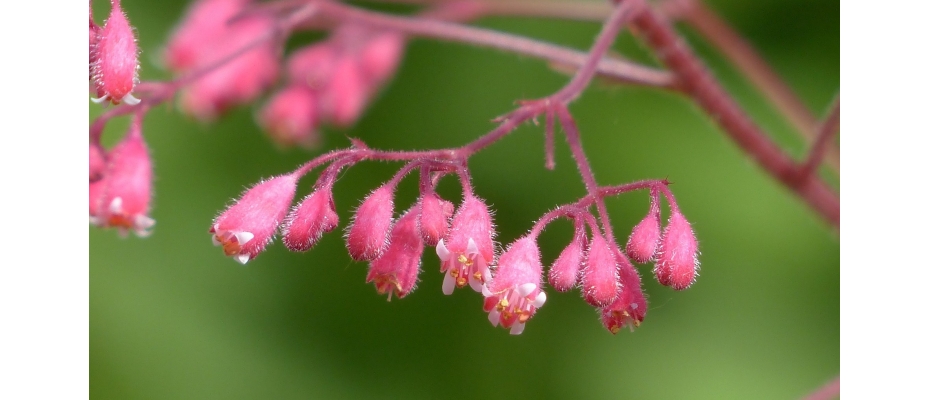
Barcelona, 28 September, 2022.- Time is running out. An appalling one in four species on the planet are currently threatened with extinction, putting livelihoods, food supplies, and essential water and nutrient cycles at risk. Knowledge is of the essence in the fight to reverse this unprecedented loss of species and degradation of ecosystems - yet currently our understanding of how life on Earth functions and responds to environmental pressures is far from complete. Genomics provides crucial new tools to answer these questions, and the Biodiversity Genomics Europe (BGE) consortium will cause a quantum leap in the use of genomics across the continent.
Despite centuries of scientific research, an estimated 80% of the world’s species still await scientific discovery and description. Even for described species, telling them apart is often difficult. Moreover, interactions within and among species, and between species and their environment, create a hugely complex picture from individual to planetary levels. Genomic science is our best hope for success in mapping these interdependencies and predicting how individuals and groups may respond to environmental change.
By bringing together Europe’s key scientists in two fundamental DNA-based technologies - DNA barcoding and genome sequencing - the BGE consortium will streamline the rollout of these methods across Europe.
DNA barcoding uses short sequences of DNA to discriminate between species - analogous to the way conventional barcodes distinguish products in a supermarket. With modern genetic sequencing techniques, DNA barcoding has the potential to dramatically accelerate the inventory of life on Earth, providing a basis for global conservation monitoring.
At the opposite end of the scale, genome sequencing determines the order of DNA nucleotides - the building blocks of the genetic code - throughout the entire genome of any given species. This enables scientists to identify and locate genes and other features of the genome, creating a comparative 'map' of the code that creates each organism. This provides a full picture of how biological systems function and, crucially, how species respond and adapt to environmental change.
CNAG, a key partner in genome sequencing and assembly
The Centro Nacional de Análisis Genómico (CNAG) is one of the five main DNA sequencing and data analysis centres that will contribute to the project by generating data for reference genome assembly of 350-500 species.
This process involves a complex, transdisciplinary workflow including the use of a combination of state-of-the-art genomic technologies. The data generated will be processed by various bioinformatics tools and high-performance computing to complete genome assemblies, and the resulting annotated reference genome will be made available through public repositories.
The CNAG brings to the BGE previous experience in projects involving large-scale whole genome sequencing data, assembly curation and delivery of high-quality genome assemblies. The centre is a key element in consortia such as the European Reference Genome Atlas (ERGA), that is carrying out the genome sequencing and assembly of many species across Europe, and the Catalan Initiative for the Earth Biogenome Project (CBP), which aims to produce a detailed catalogue of the genome of eukaryotic species in the Catalan territories.
“We are delighted to contribute to this project with our expertise in long read sequencing and in genomics in general. Working together with all the large genomics centres brings the opportunity to share, to learn and to develop a unique expertise that allows to distinctly contribute to the new era of the environmental science”, says Marta Gut, Head of the Sequencing Unit at the CNAG.
“The impact of creating an “Atlas” of genome maps for all European species will be analogous to the impact that Google maps has had on the way that people get around and actually see the world. The BGE project will bring a pan-European level of coordination to map-making, namely sample collection, sequencing and genome assembly, achieving economy of scale, and ultimately creating a transformative resource for understanding and navigating biodiversity. I am delighted to help lead this effort!”, says Tyler Alioto, leader of the Genome Assembly and Annotation team at CNAG.
The BGE project is co-funded by the European Commission, as well as the UK and Swiss governments with €21 million. This first large European project will run until 2026 and will collaborate with the Earth BioGenome Project and International Barcode of Life. It brings together organisations from the BIOSCAN Europe DNA-barcoding consortium (104 partner institutions across 29 countries) and the ERGA genome-sequencing consortium (709 members across 37 countries). Other researchers in Spain involved in the initiative are Tomàs Marqués-Bonet -ICREA research professor- and Rosa Fernández from the Institut de Biologia Evolutiva (UPF-CSIC), Roderic Guigó from the Centre de Regulació Genòmica and Ana Riesgo from the Museo Nacional de Ciencias Naturales.











